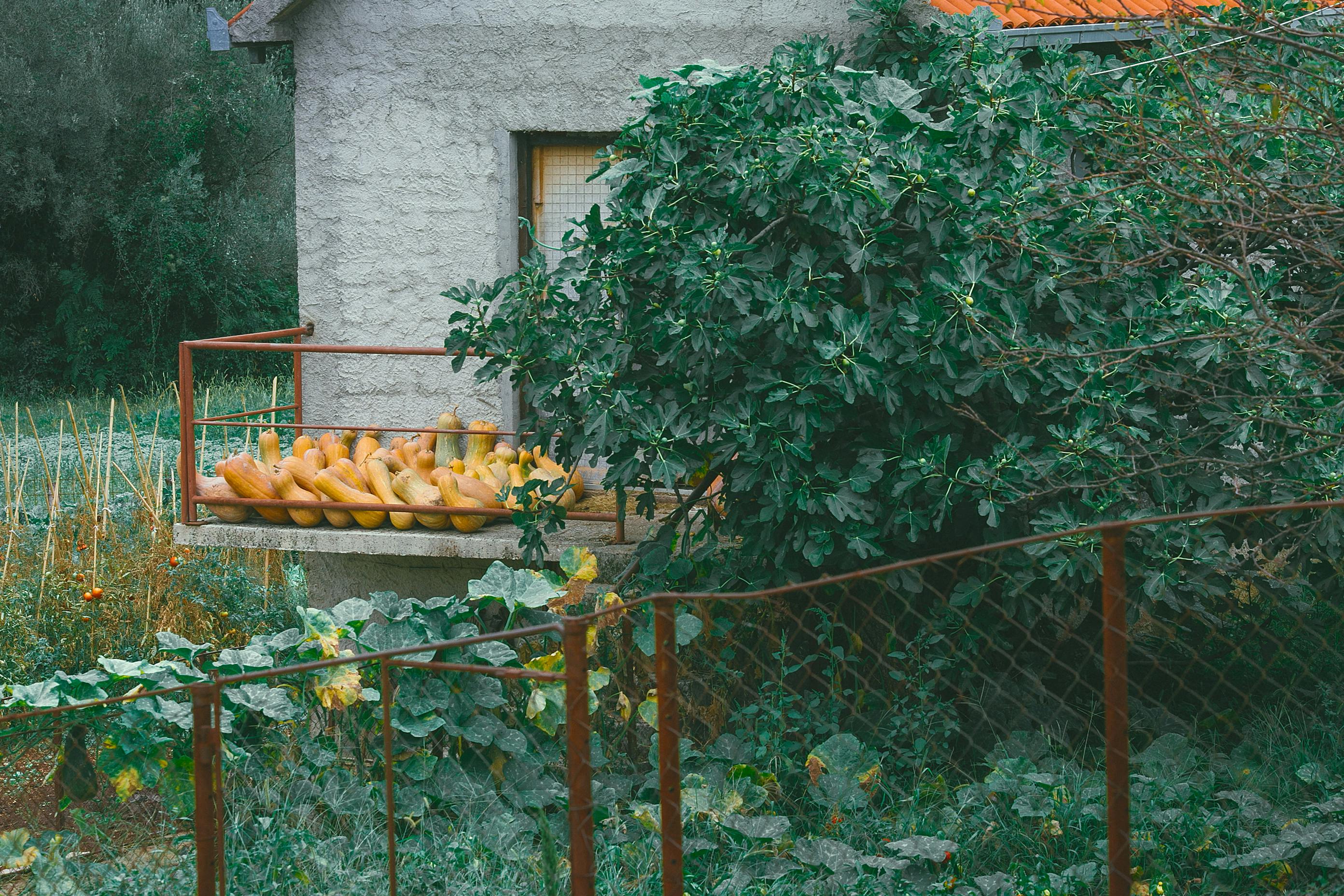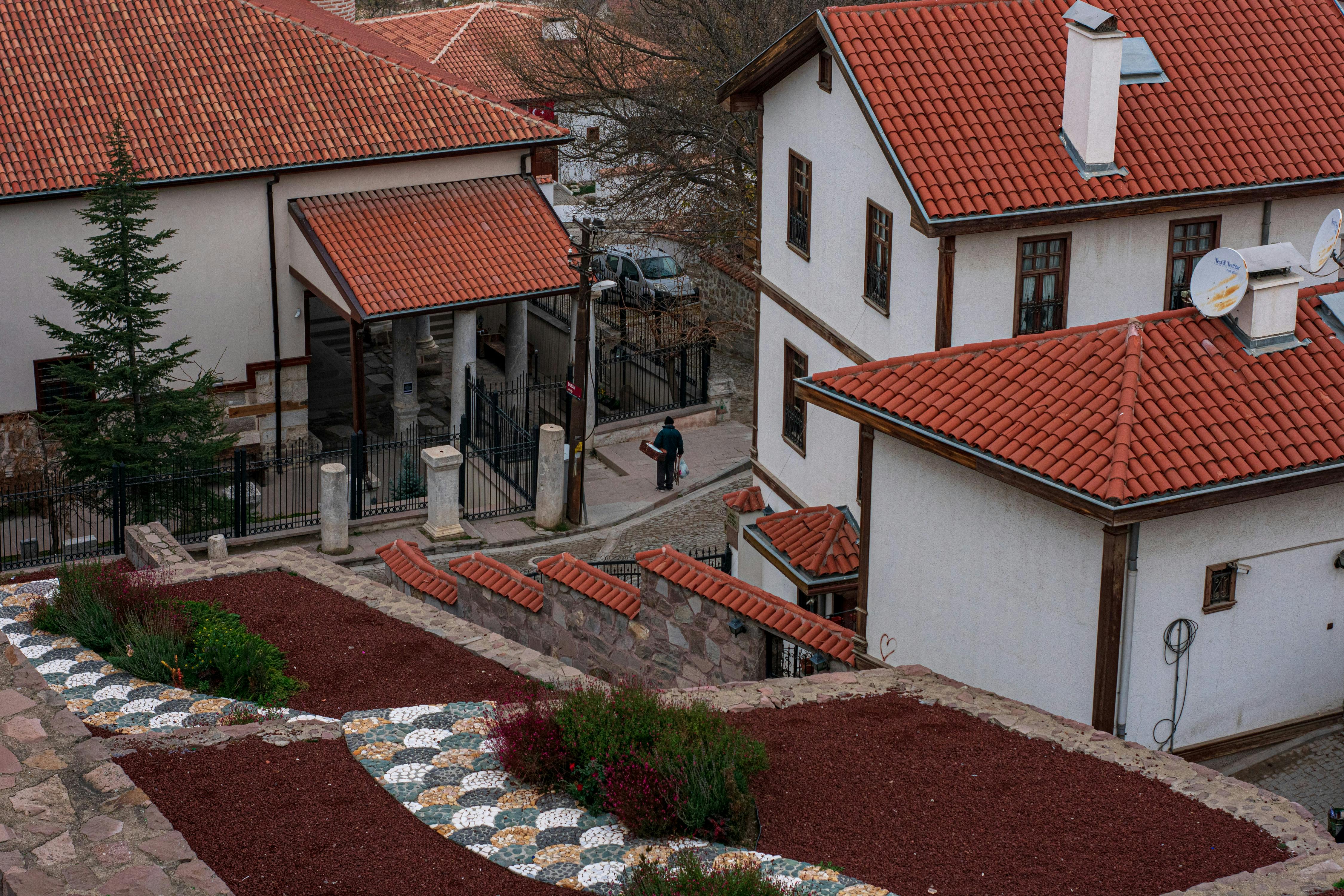Growing a vegetable garden on a hill can be both a rewarding and challenging experience. A hill provides unique advantages, such as better drainage and higher levels of sunlight, but can also make it more difficult to manage the soil and keep weeds at bay. With the right planning and preparation, you can create a successful vegetable garden on a hill that will provide plenty of delicious produce for your family. In this guide, we’ll go over how to successfully build a vegetable garden on a hill by discussing soil preparation, irrigation systems, and how to keep pests away.Building a vegetable garden on a hill can be a challenge, but with the right tools and materials, it is possible. You will need soil or compost to fill your beds, plants or seeds, stakes or cages for supporting vining vegetables, garden hoses and nozzles for watering, mulch to protect your soil and plants from weeds and erosion, a spade or trowel to dig holes for planting and weeding, a hoe to loosen soil around plants and weeds and remove them from the bed, pruners to trim back overgrown plants or vines, gloves to protect your hands while working
Preparing the Site for Your Vegetable Garden
Preparing the site for your vegetable garden is an important step in the gardening process. It involves selecting the right location, assessing soil quality, and preparing the soil for planting. Choosing a sunny spot with good drainage is key to success in any gardening endeavor. Make sure that your garden site gets at least six hours of direct sunlight each day. If you don’t have a sunny spot in your yard, you may need to consider growing your vegetables in containers or raised beds instead.
Once
Laying Out Rows of Beds in Your Vegetable Garden
Planning and laying out the rows of beds in your vegetable garden is an important part of creating a successful garden. Rows of beds provide an efficient use of space, allow for better crop rotation and help you to easily access your plants. Before you get started, it’s a good idea to plan out where your rows will go and how much space you need for each plant.
Start by measuring the area you want to use for your vegetable garden.
Adding Organic Matter to Improve Soil Quality
Organic matter is an important component of soil that can improve soil quality, structure and fertility. It helps to increase the water-holding capacity of the soil and reduce erosion. Adding organic matter to the soil can also help to increase microbial activity, which increases the availability of nutrients for plants. Organic matter can also help to improve drainage in heavy soils and reduce compaction in sandy soils.
Organic matter can be added to the soil in several ways including composting, cover cropping, and mulching. Compost
https://images.pexels.com/photos/4946629/pexels-photo-4946629.jpeg
Creating a Mulch Layer in Your Vegetable Garden
Mulching your vegetable garden can provide many benefits, including reducing weeds and keeping the soil moist. It is also beneficial for maintaining even temperatures and providing nutrients to the soil. To create a mulch layer in your vegetable garden, start by gathering organic materials such as leaves, hay, straw, or grass clippings. Spread the mulch over the entire surface of the garden area and ensure it is at least two inches deep. Make sure to avoid mulching too close to plants; leave a few inches of

Choosing the Right Vegetables for Gardening on a Hill
Gardening on a hill can be both challenging and rewarding. With the right choice of vegetables, you can enjoy a bountiful harvest even in sloped terrain. When choosing vegetables for gardening on a hill, it’s important to consider the unique characteristics of your plot, such as its size, soil fertility, drainage, sun exposure, and wind protection.
Most vegetables will thrive in full sun and well-drained soil. However, some vegetables
Planting and Growing Herbs in Your Vegetable Garden
Herbs are a great addition to any vegetable garden, as they are both decorative and useful. Not only do they add flavor and nutrition to your meals, but they also have many medicinal uses. And best of all, they are incredibly easy to grow. Here are some tips for planting and growing herbs in your vegetable garden.
The first step is to choose the right herbs for your climate. Some herbs, such as rosemary and thyme, are hardy perennials that can
Controlling Weeds and Pests in Your Hillside Vegetable Garden
Gardening on a hillside can be a challenge, especially when it comes to controlling weeds and pests. While it may seem daunting at first, there are steps you can take to ensure your vegetables stay healthy and free from invasive species. Here are some tips for keeping weeds and pests at bay in your hillside vegetable garden.
One of the most important steps to controlling weeds and pests is creating an effective barrier. This can be done with mulch or landscaping

Conclusion
Creating a vegetable garden on a hill is a rewarding and time-consuming experience. It takes planning, dedication, and creativity to successfully establish your garden. You must consider the type of soil you have, the slope of the hill, the drainage of the area, and the amount of sunlight you receive. Once you have taken these factors into consideration, you can begin to plan out your garden’s layout and decide which vegetables to grow.
You also need to consider how you will construct your beds. Raised beds are ideal for a hillside vegetable
